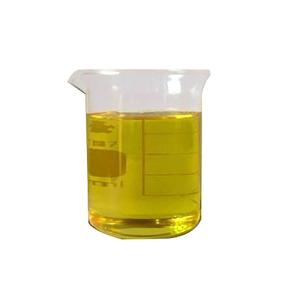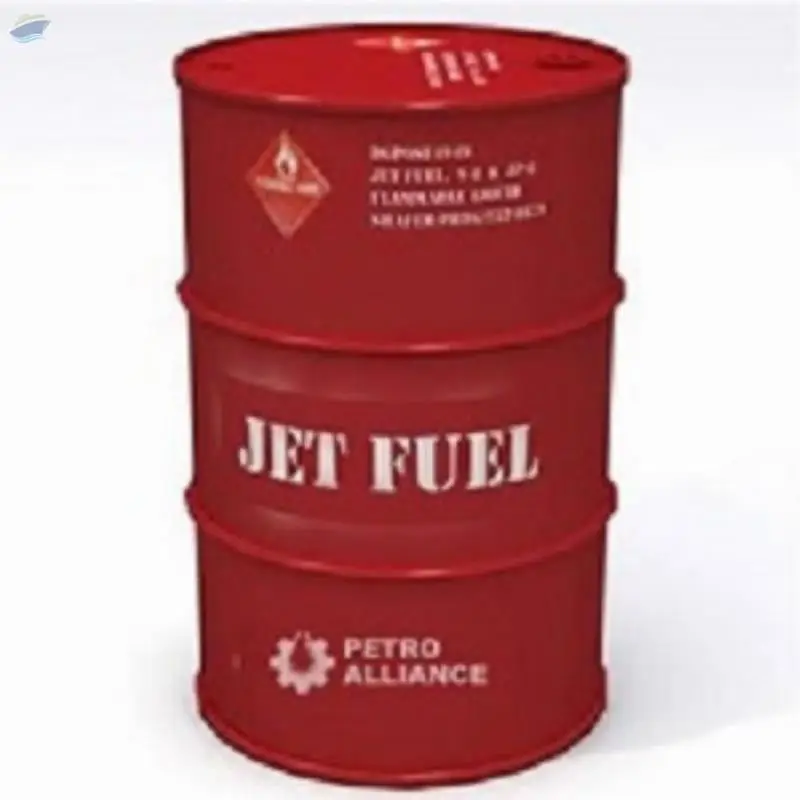- Home
- Ultra Low Sulfur Diesel
Ultra Low Sulfur Diesel


You have probably heard mixed reviews about Ultra Low Sulfur Diesel (ULSD). Some say it is great for the environment while others claim it causes more problems than it solves. If you are looking for an unbiased take on the ins and outs of ultra-low sulfur diesel, you are in the right place.
Below we cover why ultra-low sulfur diesel exists, its benefits and disadvantages vs. traditional diesel, and what you can do to protect your vehicle or equipment from any negative side-effects of ULSD.
 Concurrently, the EPA started imposing sulfur content limits on diesel fuel in an effort to help buses and trucks become compliant with other emission standards coming into effect that year.
The primary motivator for reducing overall emissions was to mitigate the harmful health and environmental effects caused by fossil fuel emissions.
Concurrently, the EPA started imposing sulfur content limits on diesel fuel in an effort to help buses and trucks become compliant with other emission standards coming into effect that year.
The primary motivator for reducing overall emissions was to mitigate the harmful health and environmental effects caused by fossil fuel emissions.
 This reduction officially marked the switch from low sulfur diesel (500 ppm) to ultra-low sulfur diesel (15 ppm).
This reduction officially marked the switch from low sulfur diesel (500 ppm) to ultra-low sulfur diesel (15 ppm).
 As a result, the maximum sulfur limit in off-road diesel fuel dropped from 3,000 to 500 ppm in 2007 and later 500 to 15 ppm in 2010.
As a result, the maximum sulfur limit in off-road diesel fuel dropped from 3,000 to 500 ppm in 2007 and later 500 to 15 ppm in 2010.
Why Does Ultra Low Sulfur Diesel Exist?
In a nutshell, Ultra Low Sulfur Diesel (ULSD) was created in response to a number of regulatory actions aimed at reducing diesel fuel emissions.Clean Air Act Amendment (1990):
In 1970, Congress passed the Clean Air Act as a means to reduce harmful emissions from automobiles. The Clean Air Act was later amended in 1990, requiring stricter emission reductions of hydrocarbons, carbon monoxide, nitrogen oxides, and particulate matter. Concurrently, the EPA started imposing sulfur content limits on diesel fuel in an effort to help buses and trucks become compliant with other emission standards coming into effect that year.
The primary motivator for reducing overall emissions was to mitigate the harmful health and environmental effects caused by fossil fuel emissions.
Concurrently, the EPA started imposing sulfur content limits on diesel fuel in an effort to help buses and trucks become compliant with other emission standards coming into effect that year.
The primary motivator for reducing overall emissions was to mitigate the harmful health and environmental effects caused by fossil fuel emissions.
Highway Diesel Program (2001):
In 2001, the EPA finalized a federally mandated program called the 2007 Heavy-Duty Highway Diesel Program. This program was established to further decrease emissions by enabling the use of advanced emission control technologies for new highway diesel engines. Although effective, these technologies were found to be easily damaged by sulfur, requiring serious sulfur reductions in diesel fuel in order for them to be used. Effective June 2006, the maximum sulfur limit in diesel was slashed from 500 to 15 parts per million (ppm). This reduction officially marked the switch from low sulfur diesel (500 ppm) to ultra-low sulfur diesel (15 ppm).
This reduction officially marked the switch from low sulfur diesel (500 ppm) to ultra-low sulfur diesel (15 ppm).
Clean Air Off-Road Diesel Rule (2004):
Shortly after the highway diesel program’s inception, the EPA issued the Clean Air Non-Road Diesel – Tier 4 Final Rule. This rule mandated sulfur reductions for off-road diesel engines, effective 2007. As a result, the maximum sulfur limit in off-road diesel fuel dropped from 3,000 to 500 ppm in 2007 and later 500 to 15 ppm in 2010.
As a result, the maximum sulfur limit in off-road diesel fuel dropped from 3,000 to 500 ppm in 2007 and later 500 to 15 ppm in 2010.
